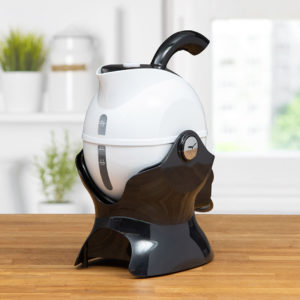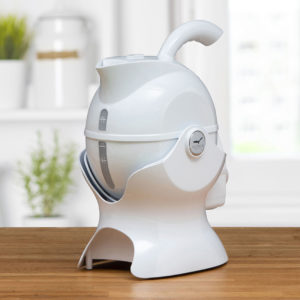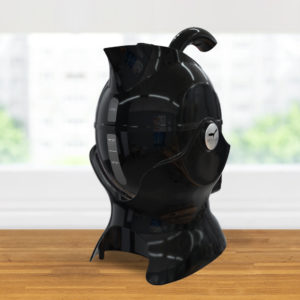As winter sets in and temperatures plummet, many people find themselves dealing with more than just the seasonal blues. For those with conditions like arthritis, fibromyalgia, or other chronic pain syndromes, cold weather can bring about painful flare-ups.
Understanding why this happens and learning how to manage these symptoms can make the winter months much more bearable.
Why Cold Weather Causes Flare-Ups
Cold weather can exacerbate pain and discomfort due to several physiological and behavioural factors:
Reduced Blood Flow
In cold conditions, blood vessels constrict to conserve heat, which reduces blood flow to extremities. This can lead to stiffness and increased pain in the joints and muscles.
Increased Sensitivity
Cold temperatures can heighten pain sensitivity, making existing conditions feel more severe.
Behavioural Changes
People tend to be less active during cold weather. Reduced movement can lead to muscle stiffness and pain, as regular physical activity is crucial for maintaining joint and muscle health.
Barometric Pressure Changes
Changes in pressure, often associated with cold fronts, can cause joint pain and discomfort.
Tip to Alleviate Cold Weather Flare-Ups
While you can’t change the weather, you can take steps to manage and alleviate the symptoms it can cause. Here are some effective strategies:
Stay Warm
- Dress in Layers: Wear multiple layers of clothing to trap body heat. Make sure to cover up with gloves, warm socks, and hats.
- Use Heat Therapy: Apply heating pads or warm towels to painful areas to increase blood flow and reduce stiffness. Warm baths or showers can also provide relief.
- Hug a Mug: Fall in love with your favourite hot beverage in your favourite chair hugging a mug. This can be made with comfort and ease with the Uccello Kettle.
Stay Active
- Indoor Exercises: Engage in indoor physical activities like stretching, yoga, or using a stationary bike. Keeping your body moving helps maintain joint flexibility and reduces stiffness.
- Regular Movement: Avoid staying in one position for too long. Take frequent breaks to move around and stretch throughout the day.
Stay Hydrated
- Drink Plenty of Water: Even in cold weather, it’s important to stay hydrated. Proper hydration helps keep your joints lubricated and can reduce pain.
Mind Your Diet
- Eat Anti-Inflammatory Foods: Add foods rich in Omega-3 fatty acids, antioxidants, and vitamins into your daily diet. These can help reduce inflammation and improve overall health.
- Limit Sugary & Processed Foods: These can increase inflammation and make the pain worse.
Use Supplements Wisely
- Consider Supplements: Talk to your doctor about supplements like Vitamin D, which can be harder to get during the winter months due to reduced sunlight exposure, or Omega-3 fatty acids.
Practice Stress Management
- Relaxation Techniques: Stress can worsen pain symptoms, so add some relaxation techniques such as deep breathing, meditation, or mindfulness into your daily routine.
- Stay Connected: Social interaction can improve mood and reduce the perception of pain. Stay connected with friends and family, even if it’s through virtual means.
Talk to Your Doctor
- Medical Advice: If you’re struggling with severe pain, talk to your doctor. They can offer personalised advice and can adjust your treatment plan to better manage symptoms during the cold months.
Winter doesn’t have to be a season of suffering for those with chronic pain conditions. By understanding the impact of cold weather on your body and taking proactive steps to manage your symptoms, you can reduce flare-ups and maintain a better quality of life throughout the colder months.
Stay warm, stay active, and take care of your health to brave the chill with confidence.













Leave a Comment